Architecture Unbound: A Century of the Disruptive Avant-Garde
Joseph Giovannini | Rizzoli | $50
Joseph Giovannini has crafted a not-so-gentle-manifesto against modern architecture, celebrating those who broke the mold of the International style. Fifty years ago in 1966, Robert Venturi published his gentle manifesto, Complexity and Contradiction in Architecture, which became the Bible of postmodernism. Giovannini has instead focused his new book, Architecture Unbound: A Century of the Disruptive Avant-Garde on the work of a select few architects who have dominated the last five decades by breaking the orthogonal grid of Modernist architecture.
His introduction begins with a two-page spread of Stanley Tigerman’s 1978 collage, The Titanic, in which Mies van der Rohe’s 1956 masterpiece, Crown Hall at the Illinois Institute of Technology, is sinking into the ocean, an iconic image that “signaled the end of the Modernist Movement.”
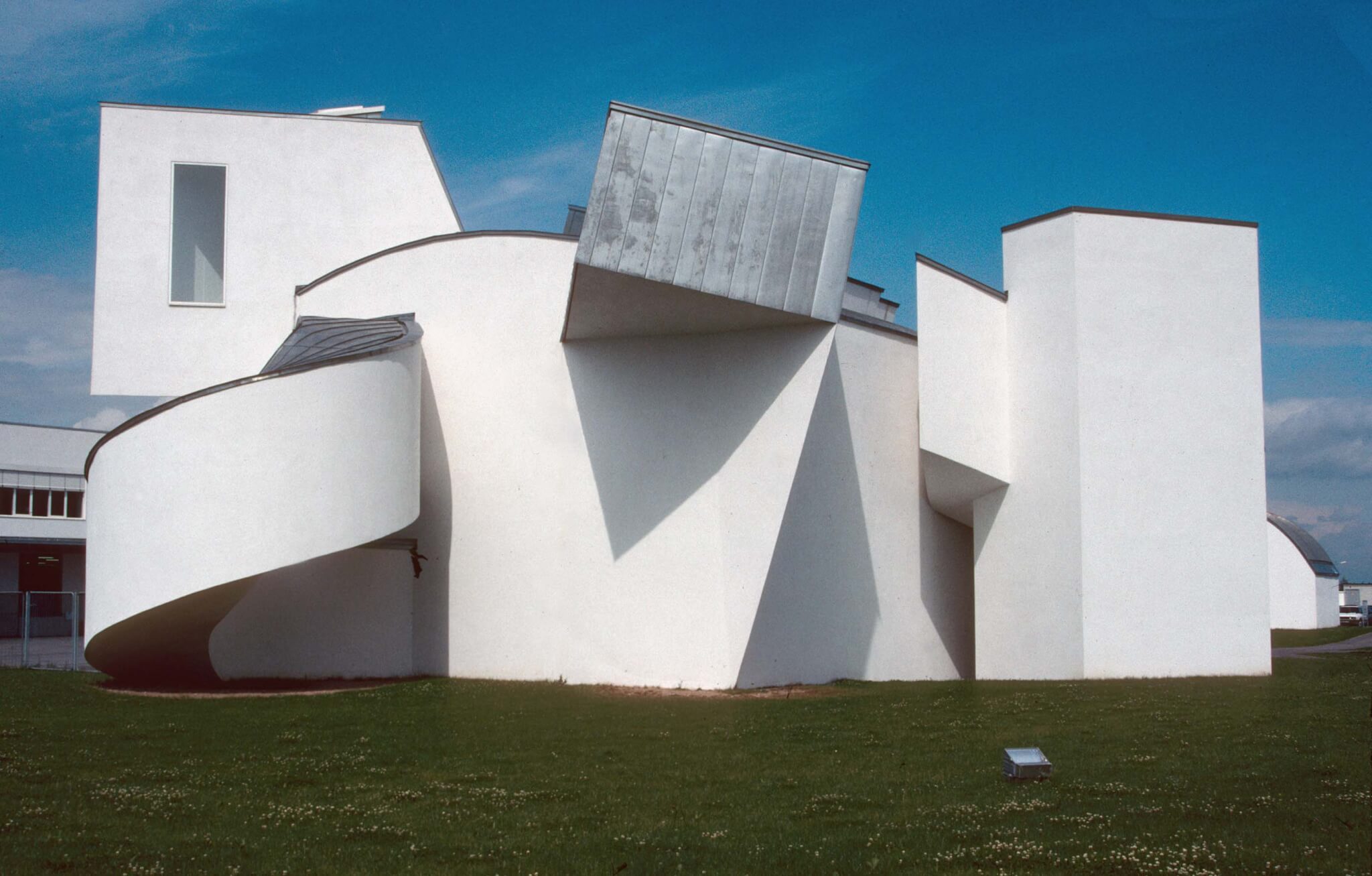
Architecture Unbound is a hefty tome of 876 pages with 698 images. It is a comprehensive survey of architects who broke new ground through forsaking Euclidian geometry. Giovannini celebrates and delves deeply into the designs of Frank Gehry, Zaha Hadid, Thom Mayne, Daniel Libeskind, and Wolf Prix of Coop Himmelb(l)au, among others. He studies many of these architects most well-known buildings in great detail, revealing their history and early influences. For this we thank him.
For example, in her 2004 Pritzker Prize acceptance speech, Zaha Hadid explained how her design philosophy was strongly influenced by Kazimir Malevich and El Lissitzky of the Russian Suprematism movement. She explained, “One concrete result of my fascination with Malevich in particular was that I took up painting as a design tool. This medium became my first domain of spatial invention… The obsessive use of isometric and perspective projection led to the idea that space itself might be warped and distorted to gain in dynamism and complexity.”
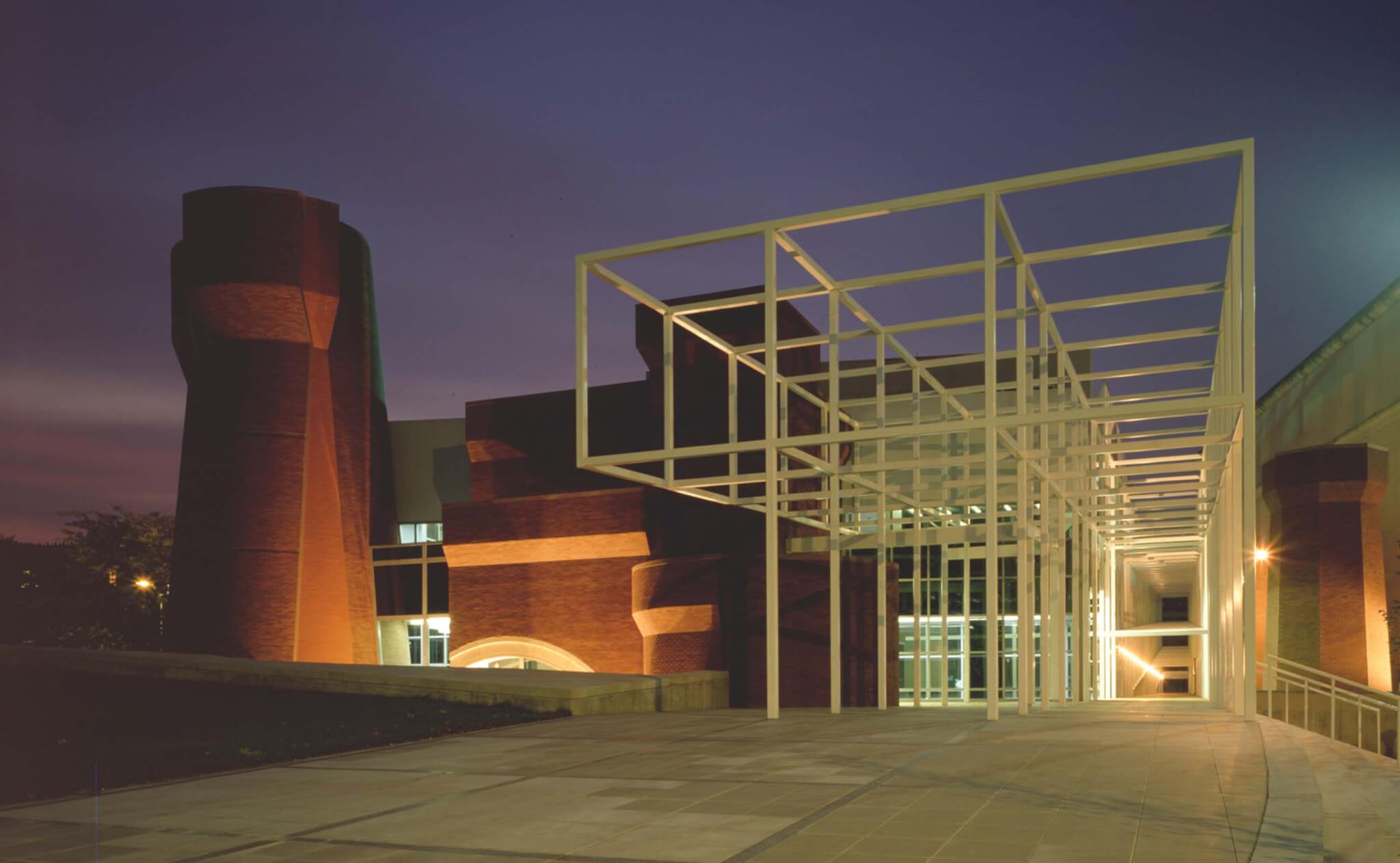
To dig further into her design philosophy and how it evolved over time, Giovannini examines the complexity and dynamism in Hadid’s renderings of the Vitra Fire Station in Weil am Rhein, Germany (1992), and explores how her Generali Tower in Milan—completed in 2017 a year after her death—“internalize[s] the strange, destabilizing spatial movement of Vitra’s divergent and convergent lines and forms.” In an interview about her design for a town house in London in 1981-82, Hadid said that she “exploded the floors and building parts of the town house in a dispersive gesture that broke the box, the block, and the entire orthogonal context.” This blowing up of the box is the premise of the entire book.
Besides Giovannini’s historical references to architecture and painting, he often refers to other arts to describe spatial and architectural ideas. He quotes Leonard Bernstein, who said, “Mozart’s music is constantly escaping from its frame, because it cannot be contained in it” as an example of how El Lissitzky used axonometric drawing to create geometrically ambiguous imagery. In the chapter “Architecture as a Cultural Practice,” he refers to the Dadaist painting of Marcel Duchamp, the poetry of Jean Cocteau, the philosophy of Sigmund Freud, and the music of John Cage to allude to the non-Euclidean geometries of avant-garde architecture. John Cage wrote, “I am on the side of keeping things mysterious, and I have never enjoyed understanding things… I try to make a music which I don’t understand and which will be difficult for other people to understand, too.” These intellectual forays into other creative ventures are thought provoking and intriguing, yet do not make his message that much clearer.
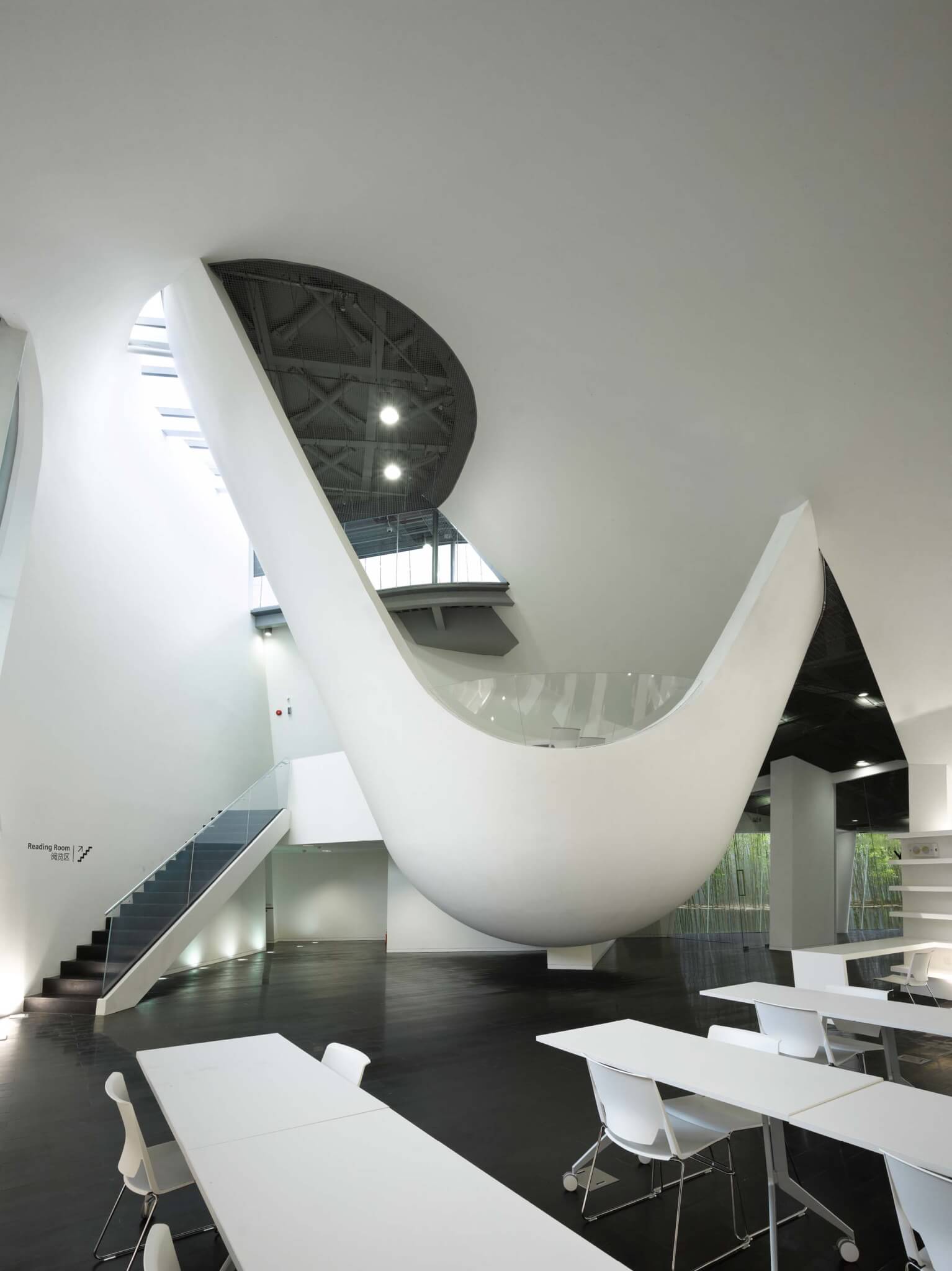
In Thom Mayne’s Hypo Alpa-Adria Center, a banking headquarters in Klagenfurt, Austria (2002), the architect purposefully misaligned elements of the facade to challenge the viewer and bend one’s sense of gravity. Giovannini calls the design “one of the most complete interpretations of Deconstructivism,” which “pushes disequilibrium, complexity, dynamism, and the oblique to a logical extreme.” He also discusses Mayne’s campus headquarters for Giant Interactive Group, located outside Shanghai, China (2010). It’s a building with a ground plane that evolves into a roof plane, which bends and flows and that is exciting and visually compelling. Giovannini refers to it as an “out-of-the-way, highly imaginative masterpiece,” celebrating the disruptive and aspects of Mayne’s architecture.
Perhaps the most influential living architect Giovannini (deservedly) extols is Frank Gehry. His work epitomizes the author’s theme. A late chapter titled “The Avant-Garde on the World Stage” begins with a powerful two-page photograph of the titanium-clad Guggenheim Museum in Bilbao, Spain (1997). It has had such a strong influence on architecture and the world that the phrase “the Bilbao Effect” has become a shorthand for the transformation of previously unknown places into a destination for international tourists. Cities throughout the world have since commissioned avant-architectural projects in search of a similar result, but few have come close to Gehry’s ingenious, successful transformation.
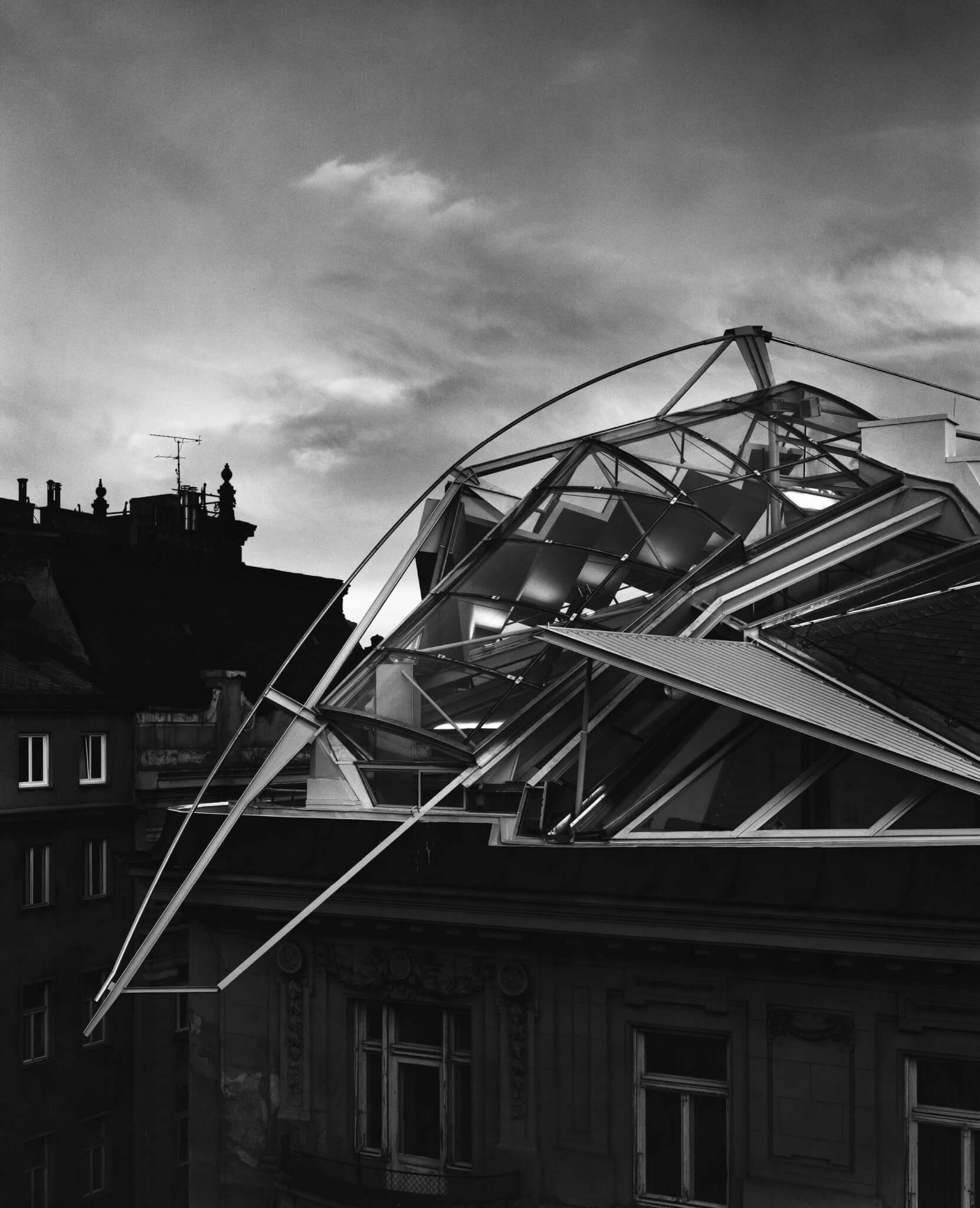
Buildings that have had this powerful impact are listed by Giovannini as “Masterworks.” In addition to the Bilbao Guggenheim, he includes Gehry’s Walt Disney Concert Hall in Los Angeles (2003), Daniel Libeskind’s Jewish Museum in Berlin (2001), Zaha Hadid’s Guangzhou Opera House in China (2011), and Coop Himmelb(l)au’s European Central Bank (2015).”
It’s true these are all undeniably important works of architecture on the world stage. Yet there is a feeling that Giovannini focuses on a few very famous talents while ignoring others who have clearly had a powerful impact and continue to influence the dialogue about where architecture has been and where it is going. The Swiss architect Peter Zumthor, also a Pritzker winner, is completely ignored, except for the inclusion of a quote from Peter Eisenman, who said, “I’m not interested in Peter Zumthor’s work.”
Other Pritzker Prize winning architects, like Shigeru Ban and SANAA of Japan are overlooked. Similarly, the work of Santiago Calatrava, Jeanne Gang, and MAD architects—all avant-garde designers in their own rights—are nowhere to be found in this large, historically accurate, well-researched volume.
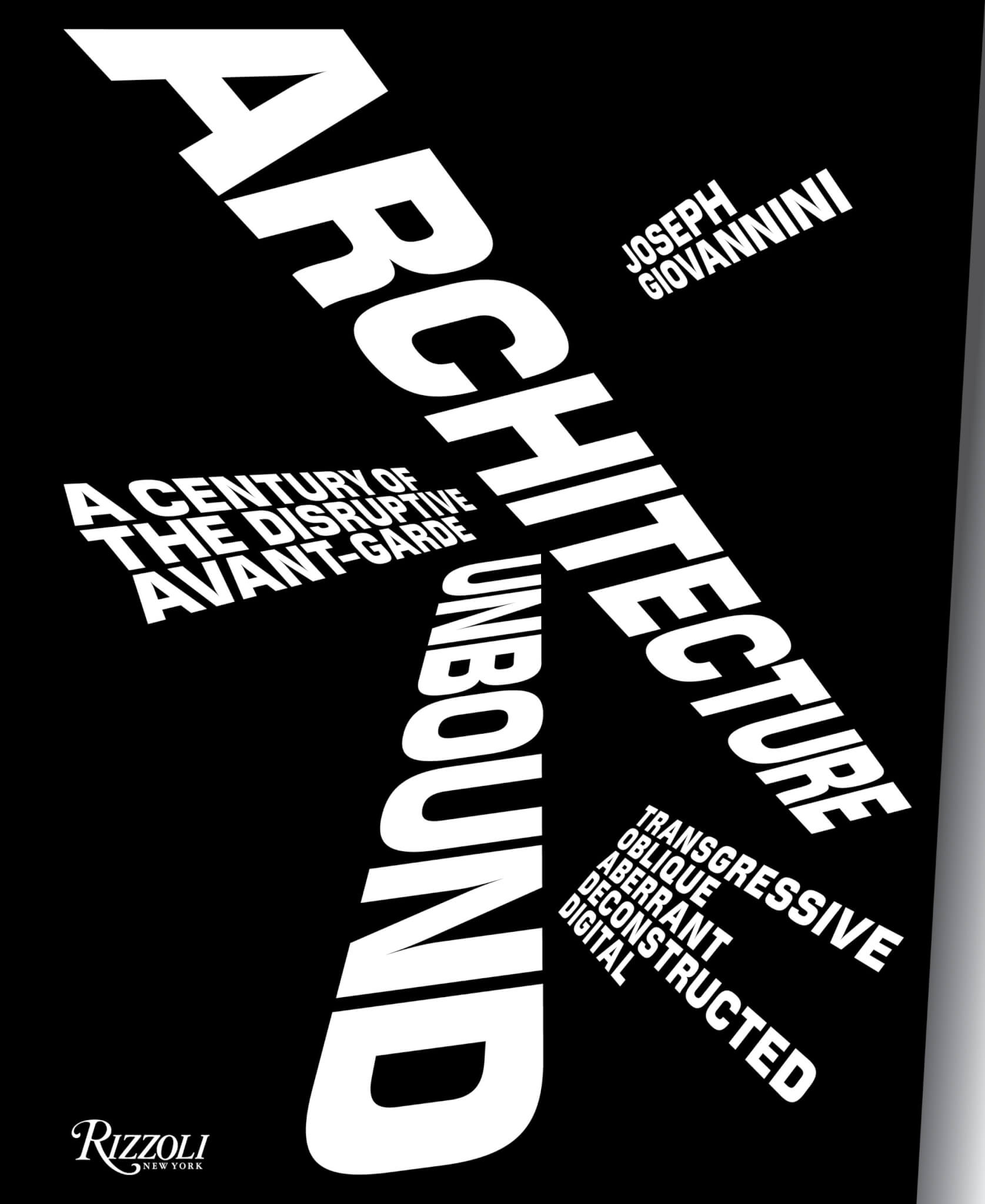
Finally, there is a discussion of the term “Deconstructivism.” During a recent AIA/Los Angeles panel discussion, Giovannini claimed that he coined the idiom in 1987, which might actually be true. In the book, he takes issue with Philip Johnson for not giving him credit for this in the 1988 MoMA exhibit Deconstructivist Architecture, calling Johnson “a wizard at publicity” and writing that “Johnson was looking for style not content” (p. 34). Not willing to leave well-enough alone, the author returns to the MoMA 1988 exhibit on p. 660 to say, “Johnson, with papal powers over architecture in the United States, had canonized a small group… overlooking not only elements of the discourse (but) entire sections of its history.” It’s understandable to criticize Johnson. Many architects and journalists have found shortcomings with his architecture and his leadership as a voice for the profession, yet it seems unnecessary to focus on a single term and its significance to architectural history.
Overall, Architecture Unbound is a thorough, deeply researched, and stimulating read. The multiple references to artists in other fields as metaphors for architecture stimulates the imagination and helps shed some light on Giovannini’s premise of “A Century of the Disruptive Avant-Garde.”
Michael F. Ross is an architect, educator, and journalist in Los Angeles.











